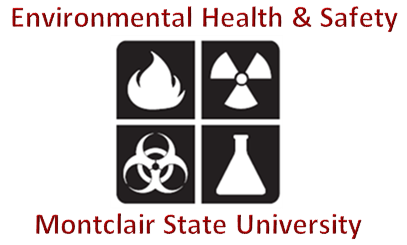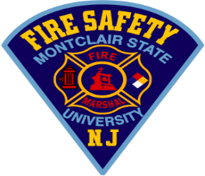Information
-
Audit Title
-
Client / Site
-
Conducted on
-
Prepared by
-
Location
-
Add media
-
Personnel
1) Safety Equipment
-
Fume Hoods
- OK
- Action Needed
- Corrective Action Taken
-
1.1 biological hoods
- OK
- Action Needed
- Corrective Action Taken
-
1.2 Safety Showers
- Tested regularly and inspected
- Not Tested nor inspected
- Tested but not inspected
- Inspected but not tested regularly
-
1.3 Eyewash Stations
- Tested regularly and inspected
- Not Tested nor inspected
- Tested but not inspected
- Inspected but not tested regularly
2) General Safety
-
2.1 Area around fire Extinguishers, pull alarms, emergency showers, and electrical panels kept clear?
-
2.2 Eighteen (18) inch vertical clearance maintained below fire sprinkler heads (e.g., over shelves)?
-
2.3 Cabinets, furniture, and equipment taller than 4 feet braced or anchored?
-
2.4 Refrigerators/freezers labeled either “Food & Drink Only” or “No Food & Drink”?
-
2.5 Are electrical outlets not overloaded?
-
2.6 No exposed wiring or damaged electrical cords?
-
2.7 Floors are clear and aisles and adjacent hallways unobstructed?
-
2.8 Floors dry and free of slip hazards; bench tops (including hoods) reasonably organized and clean?
-
Add pictures of areas of concerns
3) Housekeeping
-
3.1 Aisles and exits are unobstructed.
-
Work areas are uncluttered.
-
3.3 Lab door is able to be secured.
-
3.4 Storage areas are uncluttered.
-
Add media
4) Hazardous Materials & Wastes
-
4.1 All containers, including non-hazardous chemicals and wastes, legibly labeled with the full chemical or trade name (note: abbreviations/formulas are not adequate)?
-
4.2 All hazardous materials in secondary containment free of spilled material?
-
4.3 Incompatible materials properly segregated?
-
Chemical and waste containers in good condition and kept closed except during use (no funnels)?
-
4.5 Flammable liquids (including flammable waste and glacial acetic acid) stored in flammable liquid storage cabinets?
-
4.6 Flammables that are refrigerated are placed in explosion-proof or flammables refrigerators only?
-
4.7 Lab practices minimize volatilization (i.e. traps used, open-‐container procedures minimized)?
-
4.8 “Chemical Waste Compliance” poster posted in lab where hazardous waste is accumulated?
-
4.9 Storage in fume hoods minimized and sashes kept closed when not in use?
-
4.10 Did the generator mark satellite accumulation containers with the words "Hazardous Waste" or other words which identify the contents of the container?
-
4.11 Did the generator ensure that the quantity of waste in each satellite accumulation area was no more than 55 gallons of hazardous waste or no more than one quart of acutely hazardous waste or had the area at or near any point of generation?
-
4.12 Is generator are recording all SAAs hazardous waste monthly quantities in a log sheet for determining<br>their generator status?
-
4.14 Did the generator label and mark all hazardous waste containers located at the central accumulation room?
-
4.15 Hazardous material spill cleanup kits and first aid kits available (recommended)?
-
4.16 Is biohazardous waste in red bags, closed secondary containment with biohazard symbols on four sides and top?
-
Add pictures of areas of concerns
5) Compressed Gases
-
5.1 Are Cylinders listed on chemical inventory, positioned so that contents label is visible, and stored in a dry, well-‐ventilated location protected from heat sources?
-
5.2 Are cylinder valves closed and valve caps in place when cylinders not in use?
-
Add pictures of areas of concerns
6) Radiation
-
6.1 Are weekly contamination surveys conducted?
-
6.2 All areas/containers with radioactive materials are identified with signs/labels.
-
6.3 Equipment for detecting radiation hazards is readily available.
-
6.4 Material is secured when unattended.
-
6.5 Inventory of the lab's radioisotopes is available.
-
6.6 Records of quantities used are available.
-
Records of liquid wastes disposed of via the sanitary sewer are available.
-
Waste container is of appropriate material.
-
Add pictures of areas of concerns








